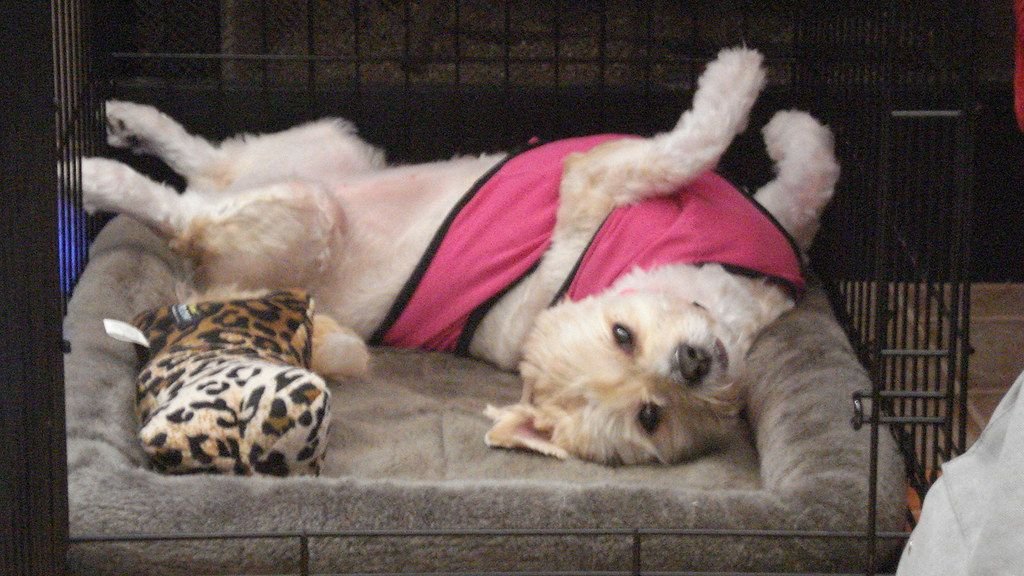Picture this: you’ve just brought home your adorable new puppy, those sweet brown eyes melting your heart at every glance. You want to spend every waking moment with this little bundle of joy, showering them with love and attention. Yet, reality hits when you realize life still goes on, and you’ll inevitably need to leave them alone sometimes. Whether it’s work, errands, or just stepping out for a quick grocery run, teaching your puppy to be comfortable when alone isn’t just helpful – it’s essential for their emotional well-being.
What many new puppy parents don’t realize is that even small mistakes in how we handle alone time can have lasting consequences. From accidentally creating separation anxiety to setting up environments that encourage destructive behavior, these seemingly innocent oversights can transform your peaceful home into chaos. The good news is that with the right knowledge, these common pitfalls are entirely preventable. So let’s dive in and discover the ten crucial mistakes you might be making – and more importantly, how to fix them.
Skipping the Gradual Introduction Process
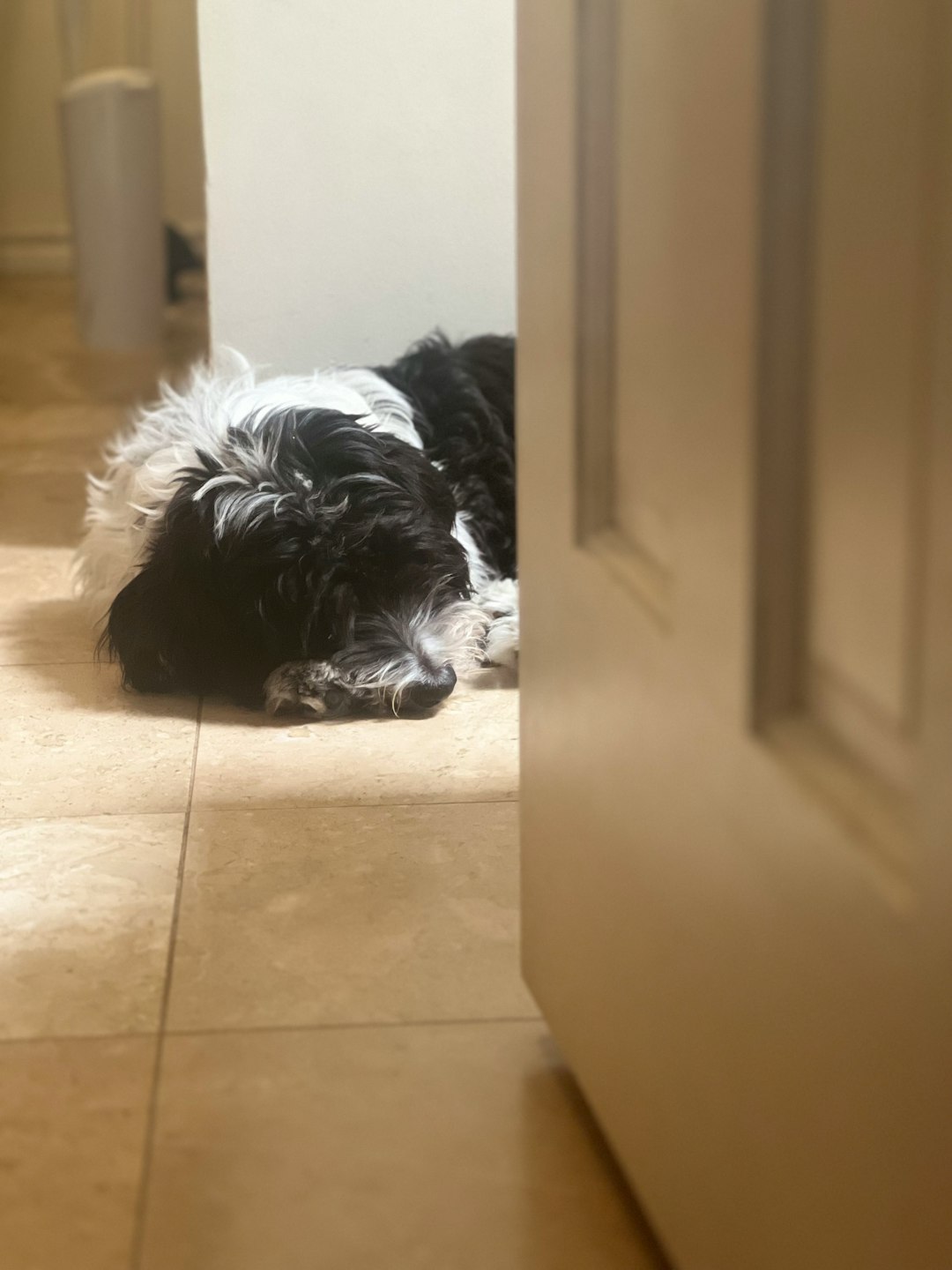
One of the biggest mistakes new puppy owners make is jumping straight into long departures without any preparation. It’s likely your new puppy has never been alone before. It’s unfair to expect them to go from constant companionship to immediately spending an entire eight-hour workday on their own. This abrupt transition can be overwhelming and traumatic for your little one.
Instead of throwing them into the deep end, once your puppy is comfortable with being left for half an hour with you in the house, you can begin to get them used to short periods of time alone in the house. Follow the steps above, returning after a few minutes before your puppy starts to become anxious. Think of it like teaching a child to swim – you start in the shallow end, not the deep waters.
Leaving Them Alone for Age-Inappropriate Lengths of Time
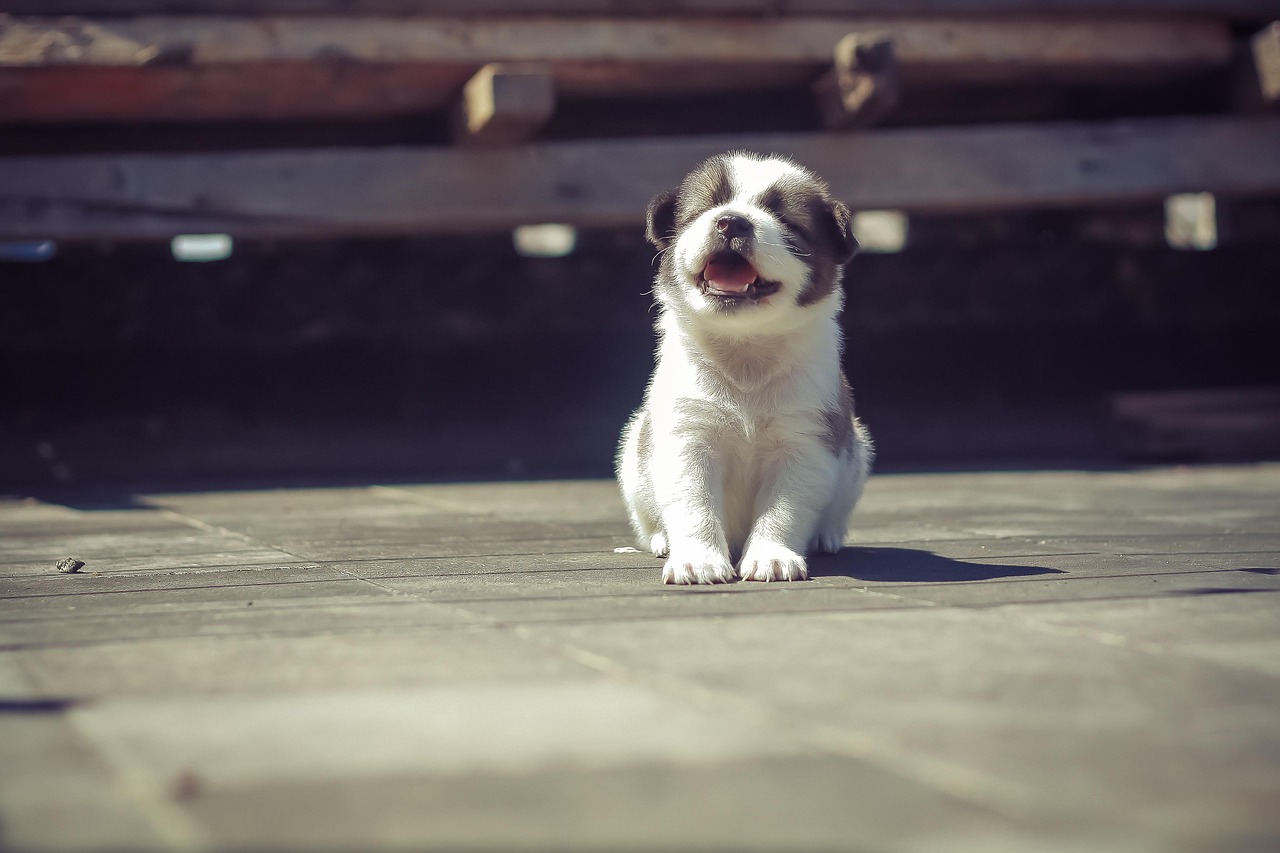
Young puppies under six months shouldn’t really be left alone for more than two hours. And it’s a good idea to build up the time they spend alone gradually to prevent separation anxiety from setting in. Many puppy parents don’t realize that bladder control and emotional maturity go hand in hand with age limits.
Remember, dogs and especially puppies need to urinate often. As a guideline, new puppies up to 10 weeks old typically can hold their bladder for around two to three hours. Dogs between 10 to 12 weeks old can usually hold it for around two hours. Once your dog reaches 3 months old, they can usually hold it for an hour for each month they’ve been alive. Pushing these limits sets your puppy up for accidents and stress.
Making Departures and Arrivals Too Dramatic
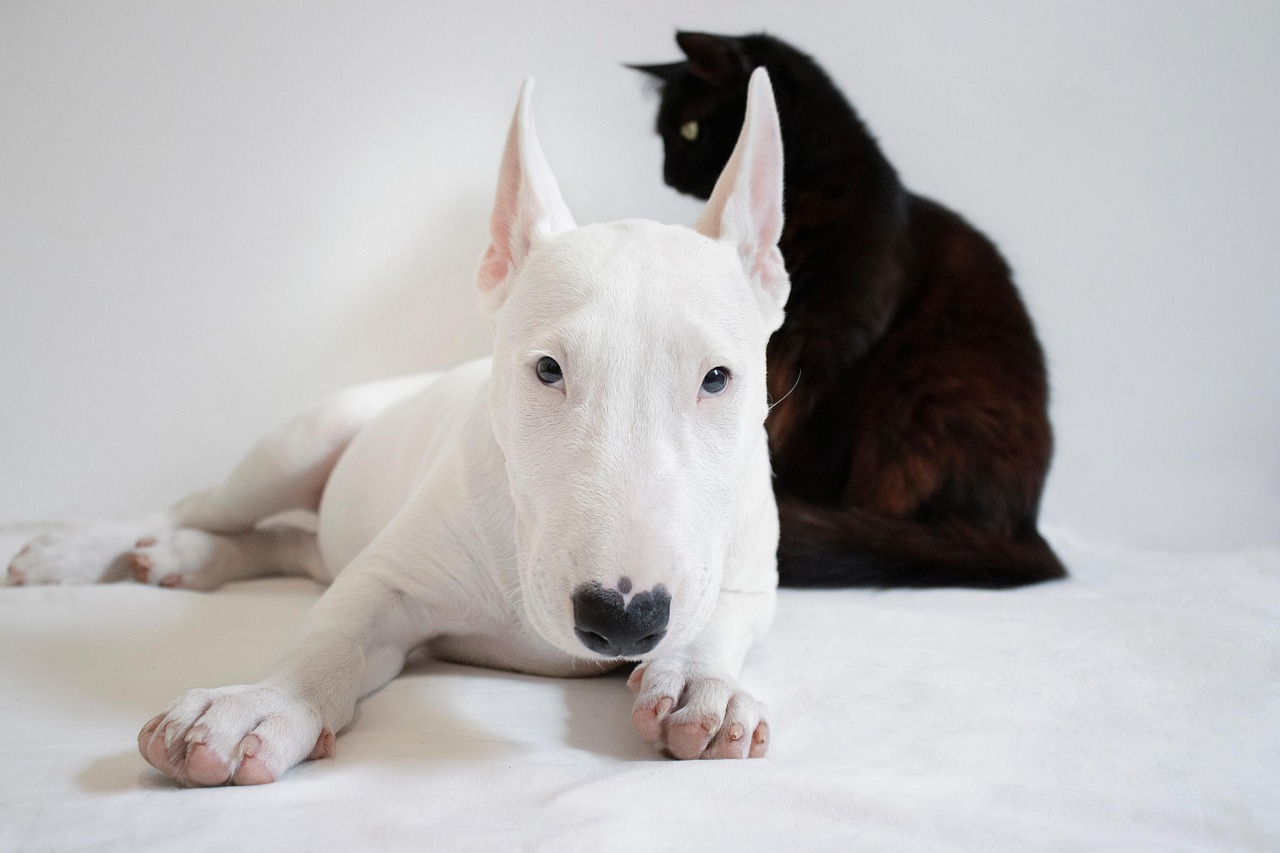
When you leave them for the first time, be sure not to make a fuss. You want them to feel like there is nothing exciting or alarming going on and to create a calm space and state of mind for them to be in while you’re gone. Those lengthy goodbye cuddles and baby talk might feel loving, but they’re actually building anxiety.
Similarly, when you return home, resist the urge to have an overly enthusiastic reunion. When you return home, don’t reward your dog for excited behavior by responding to them in an enthusiastic way. Keep arrivals low-key to avoid increasing their anxiety over when you will return. Your puppy should learn that your comings and goings are simply part of normal life, not momentous events worth stressing over.
Using the Crate Only When Leaving

Many owners fall into the trap of only putting their puppy in the crate when they’re about to leave. Continue to crate your dog for short periods from time to time when you’re home so they don’t associate crating with being left alone. Put your dog in the crate using your regular command and a treat. This creates a negative association between the crate and your departure.
Your puppy’s crate should be their happy place, not a signal that you’re abandoning them. If your puppy is only going in the crate when confined and being left alone, then they may not associate the crate with being a positive place to be. Working on your crate training so that your dog sees the crate as a positive place to be and isn’t somewhere they only go either at night or when you go out.
Forgetting Pre-Departure Exercise and Mental Stimulation
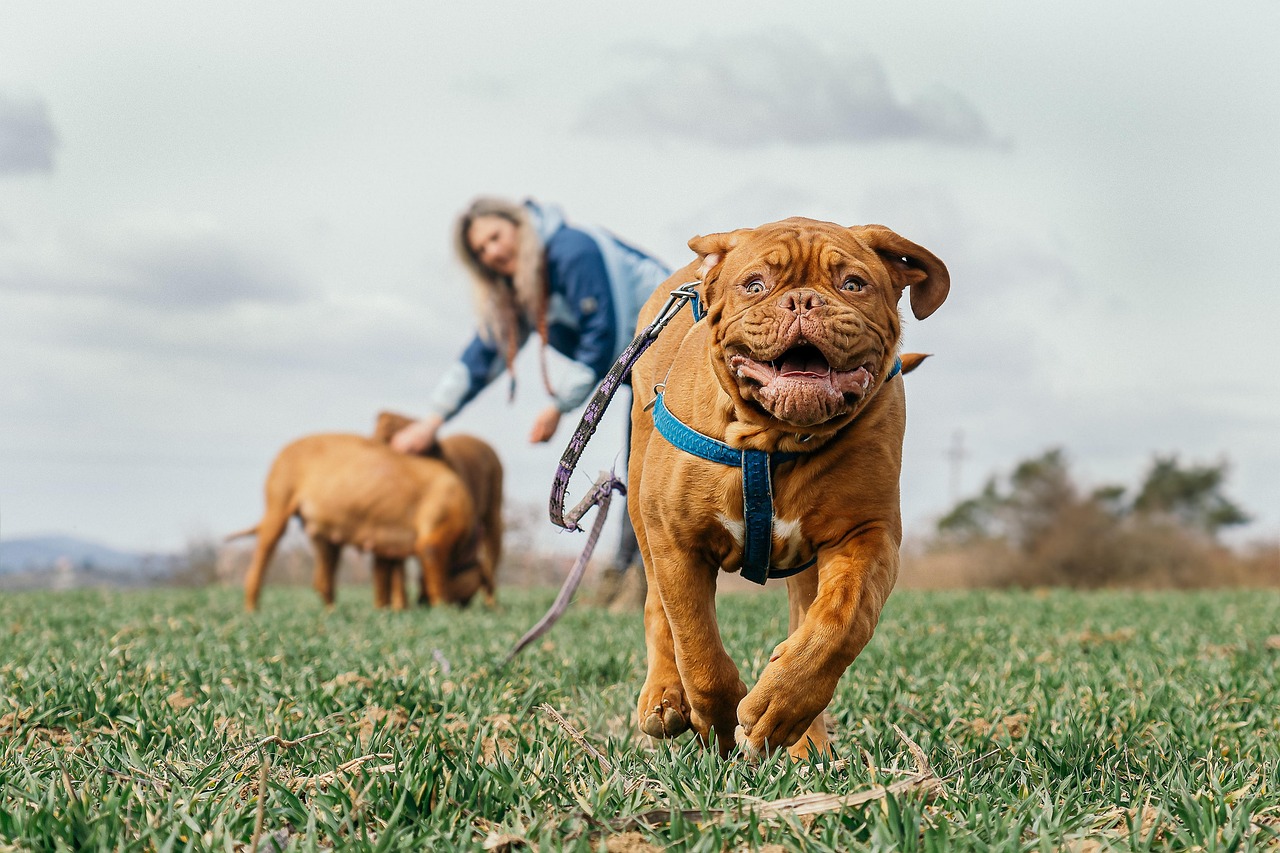
Having a puppy means making arrangements to meet the dog’s needs for exercise, enrichment, time with their favorite humans, and some good healthy food before you leave. Yes, even if it means getting up early to do all those activities before you go. A bored puppy is often a destructive puppy.
Think of your puppy like a toddler with endless energy – if you don’t tire them out appropriately, they’ll find their own entertainment, usually in ways you won’t appreciate. You know what they say: A tired puppy is a happy puppy. A tired puppy is also more likely to sleep than to worry about where you’ve gone. Take them for a walk or a vigorous play session – or both! – and of course, make sure they get one final chance to potty before settling into their crate with those yummy toys and treats.
Providing Inappropriate Toys or Enrichment Activities

Not all toys are created equal when it comes to alone time. Make sure you know your puppy’s bite strength and only give your pup safe chew toys you feel confident they can’t destroy and swallow torn pieces. Leaving inappropriate toys can lead to choking hazards or emergency vet visits.
When it comes to crate training for separation anxiety, provide your puppy with only the essentials and that really means just the crate. Bedding and plush toys can become a chew target and hazard if your puppy consumes any of the stuffing. If you really want to give your puppy something, a Kong with peanut butter is a great option. Licking actually helps your puppy self soothe and can help your puppy get used to being in their crate and left alone.
Ignoring Signs of Distress and Pushing Through
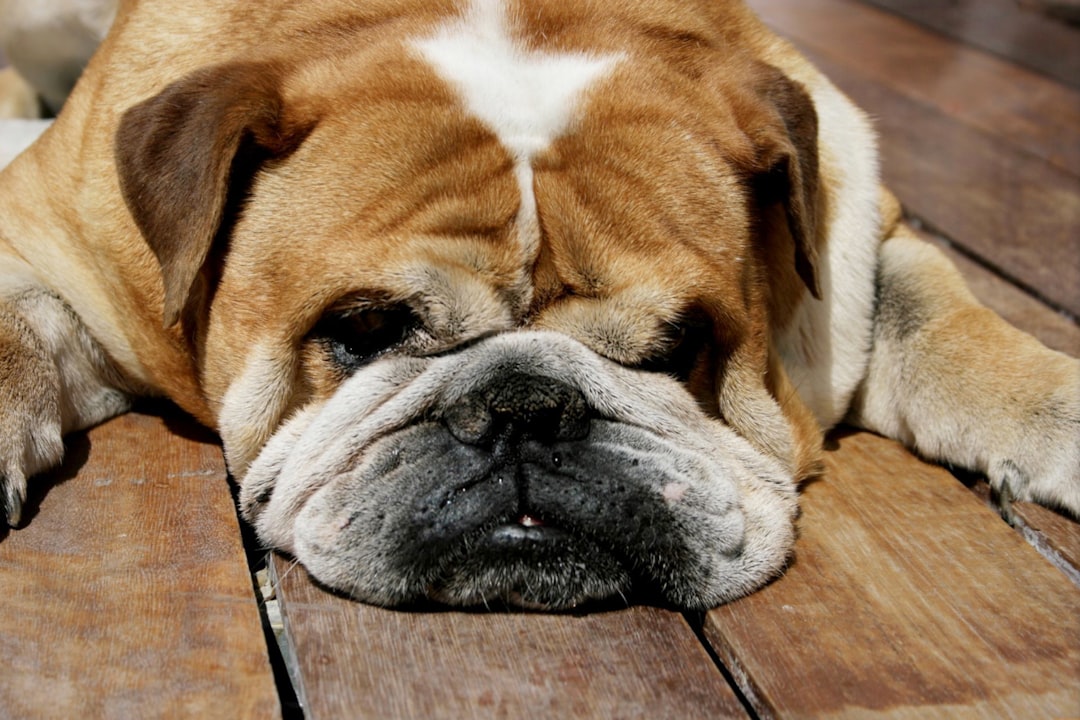
To prevent this kind of mistake, watch for signs of stress in your dog. These signs might include dilated pupils, panting, yawning, salivating, trembling, pacing and exuberant greeting. If you detect stress, you should back up and shorten the length of your departures to a point where your dog can relax again.
Many well-meaning owners think they should push through their puppy’s distress, believing it will help them “get over it.” However, if you leave your puppy or dog to cry it out, their cortisol levels will be increasing. This approach often backfires, creating deeper anxiety issues rather than building confidence.
Setting Up an Unsafe or Uncomfortable Environment
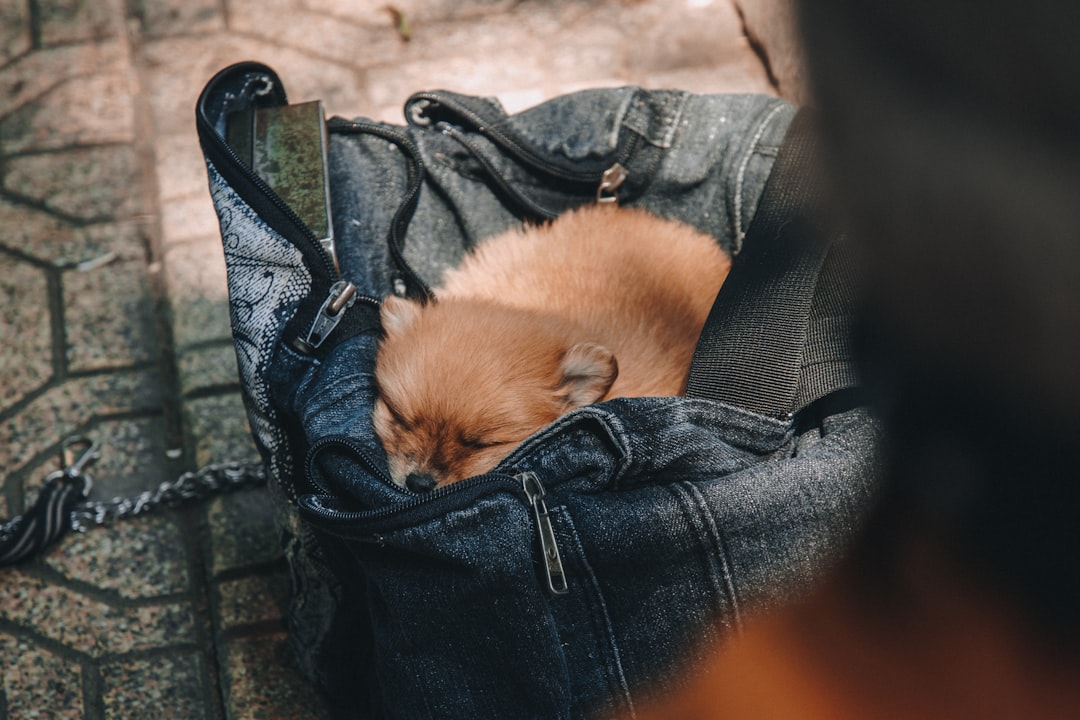
Provide your puppy with a puppy-proof enclosure for alone time – this could be a room, a crate, or a secured exercise pen. Make sure there are not any dangerous items, such as electrical cords or loose socks that your puppy may ingest, and that there is fresh water available. Safety should always be your top priority.
Beyond safety, comfort matters too. Put a comfortable bed and water in the room you choose. Chew toys can also help to occupy your puppy during training sessions. A quiet radio provides a little background noise and ‘company’. It may also muffle any startling sounds from the outside, which might make your puppy jump. Talking stations are best, as opposed to loud music.
Failing to Practice When You’re Home First
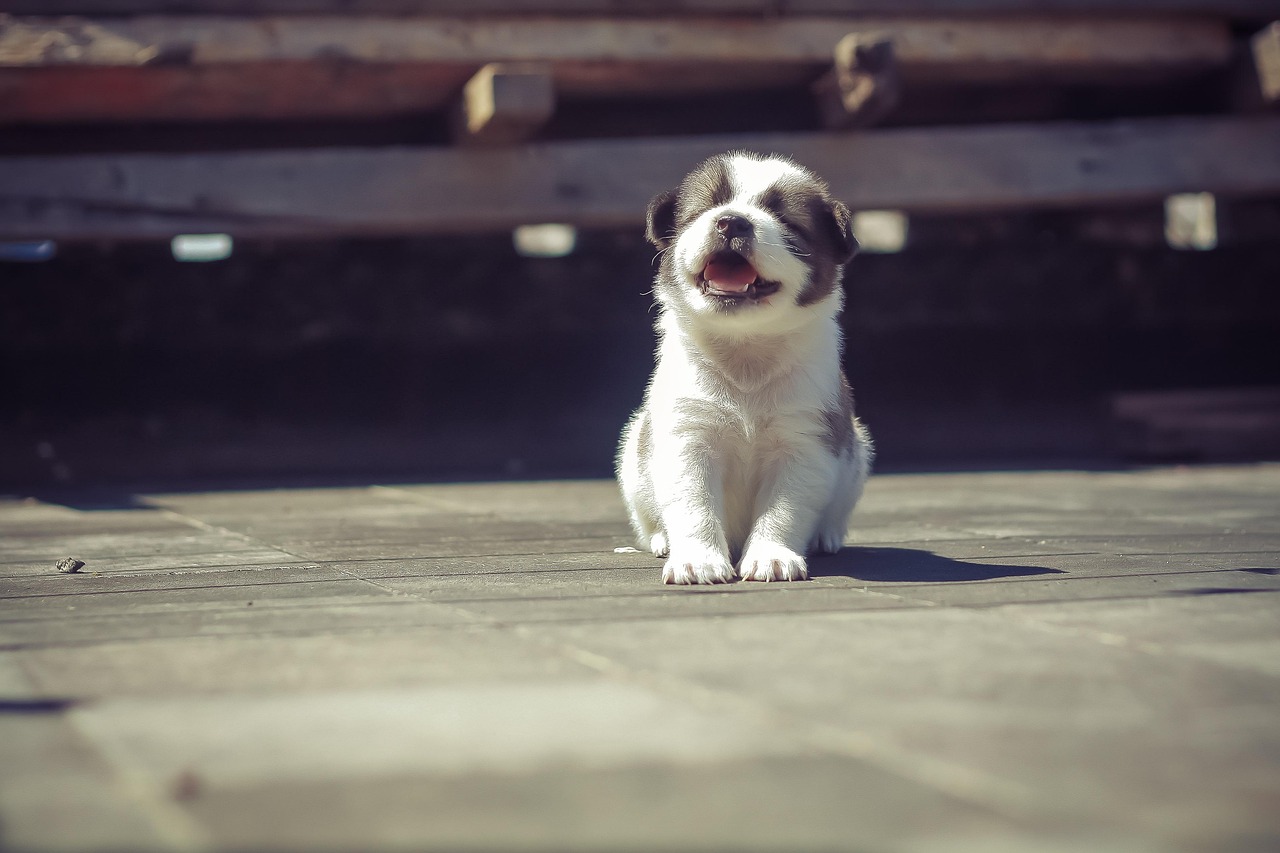
Start by teaching your puppy to be alone while you are in the house. This is a crucial step that many owners skip entirely. Your puppy needs to learn that being separated from you doesn’t always mean you’ve disappeared completely.
Before , let your puppy spend time alone while you’re still home. Puppies used to spending time with their people can struggle when left alone. Practice having them in their safe space while you’re in another room, gradually increasing the distance and duration as they become more comfortable with the concept.
Misinterpreting Normal Puppy Behavior as Spite or Revenge
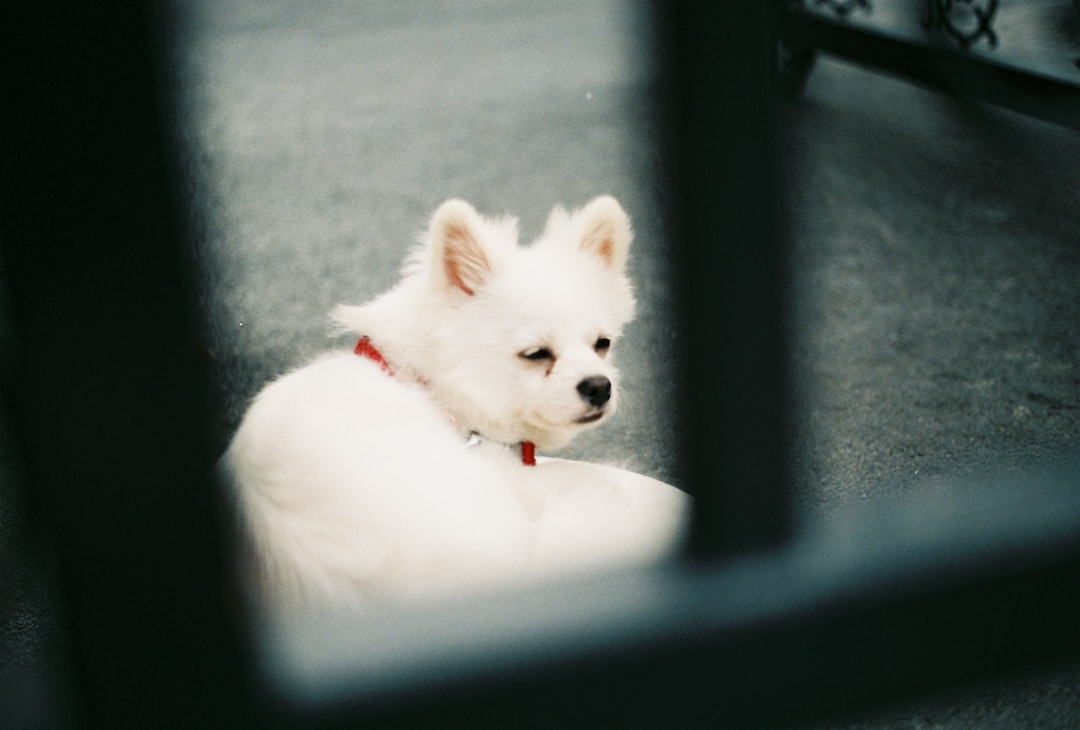
Perhaps one of the most damaging mistakes is misunderstanding your puppy’s behavior when you return home. It is often misinterpreted as guilt and, mistakenly, some owners believe their puppy knows what they have done is wrong. Owners may feel that any damage caused or toileting in the house has been done on purpose or out of spite for being left alone, which isn’t the case. Puppies or dogs that look guilty are doing nothing more than responding to an owner’s disappointment, upset or anger.
That “guilty” look isn’t guilt at all – it’s your puppy reading your body language and responding to your emotional state. Understanding this helps you respond with patience and proper training rather than frustration and punishment, which only makes separation issues worse.
Conclusion
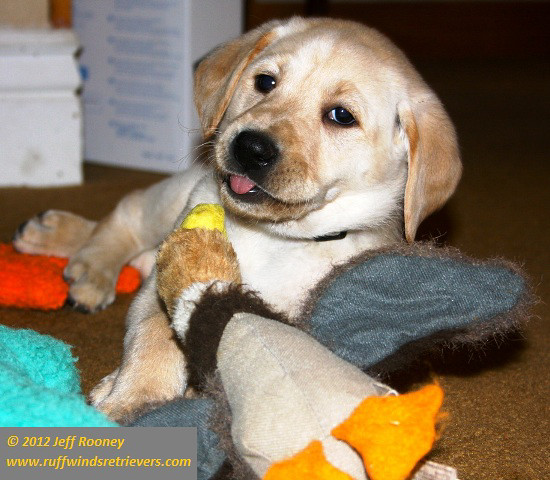
Teaching your puppy to be comfortable alone is one of the greatest gifts you can give them – and yourself. Puppy separation anxiety is easier to prevent than to address months or even years later. By avoiding these common mistakes and taking a patient, gradual approach, you’re setting both of you up for success and peace of mind.
Remember, every puppy is different, and what works for one may not work for another. Stay consistent, be patient with the process, and don’t hesitate to seek professional help if you’re struggling. Your future self (and your furniture) will thank you for the time invested now. What do you think about these tips? Have you experienced any of these challenges with your own puppy? Tell us in the comments.

Gargi from India has a Masters in History, and a Bachelor of Education. An animal lover, she is keen on crafting stories and creating content while pursuing a career in education.

